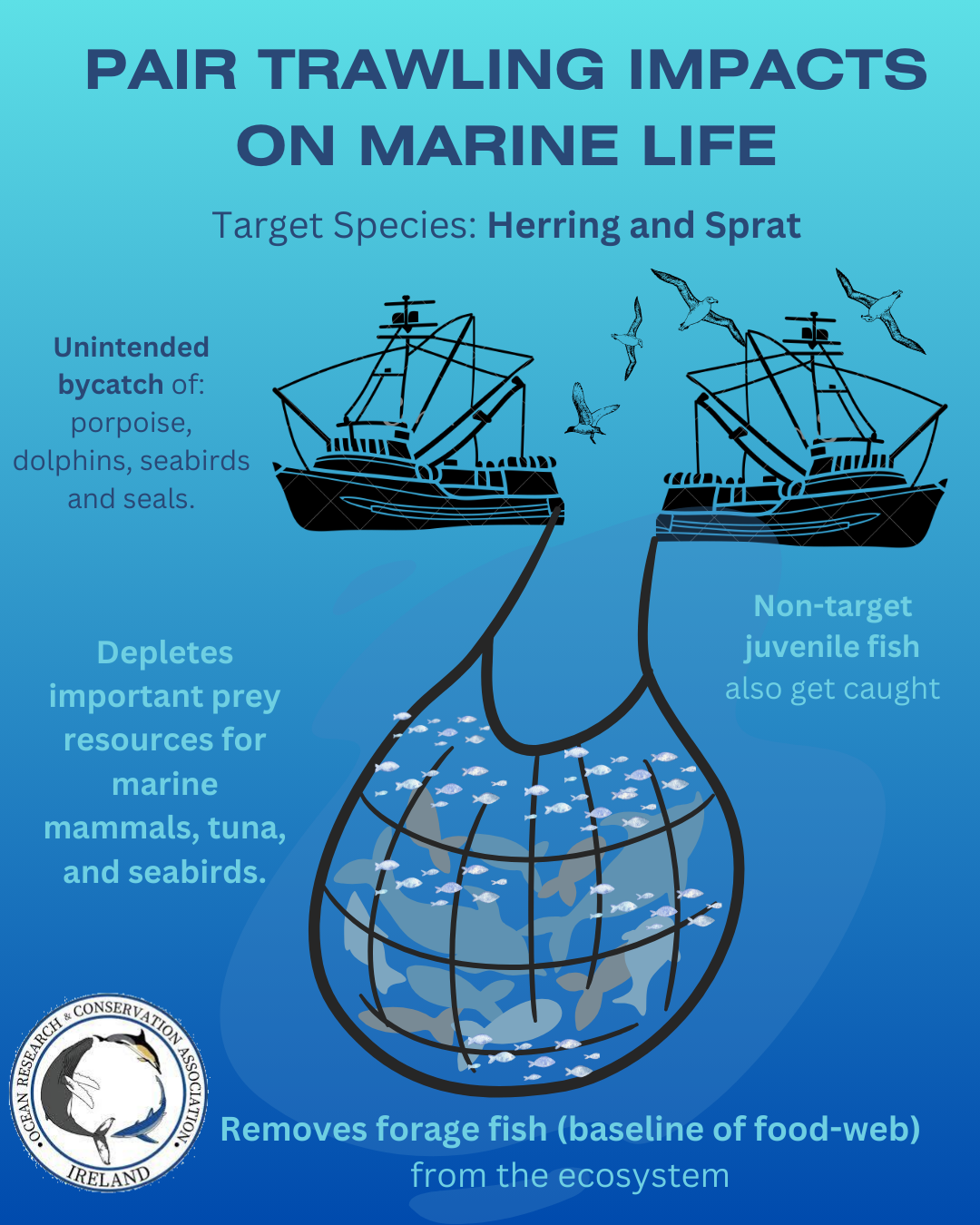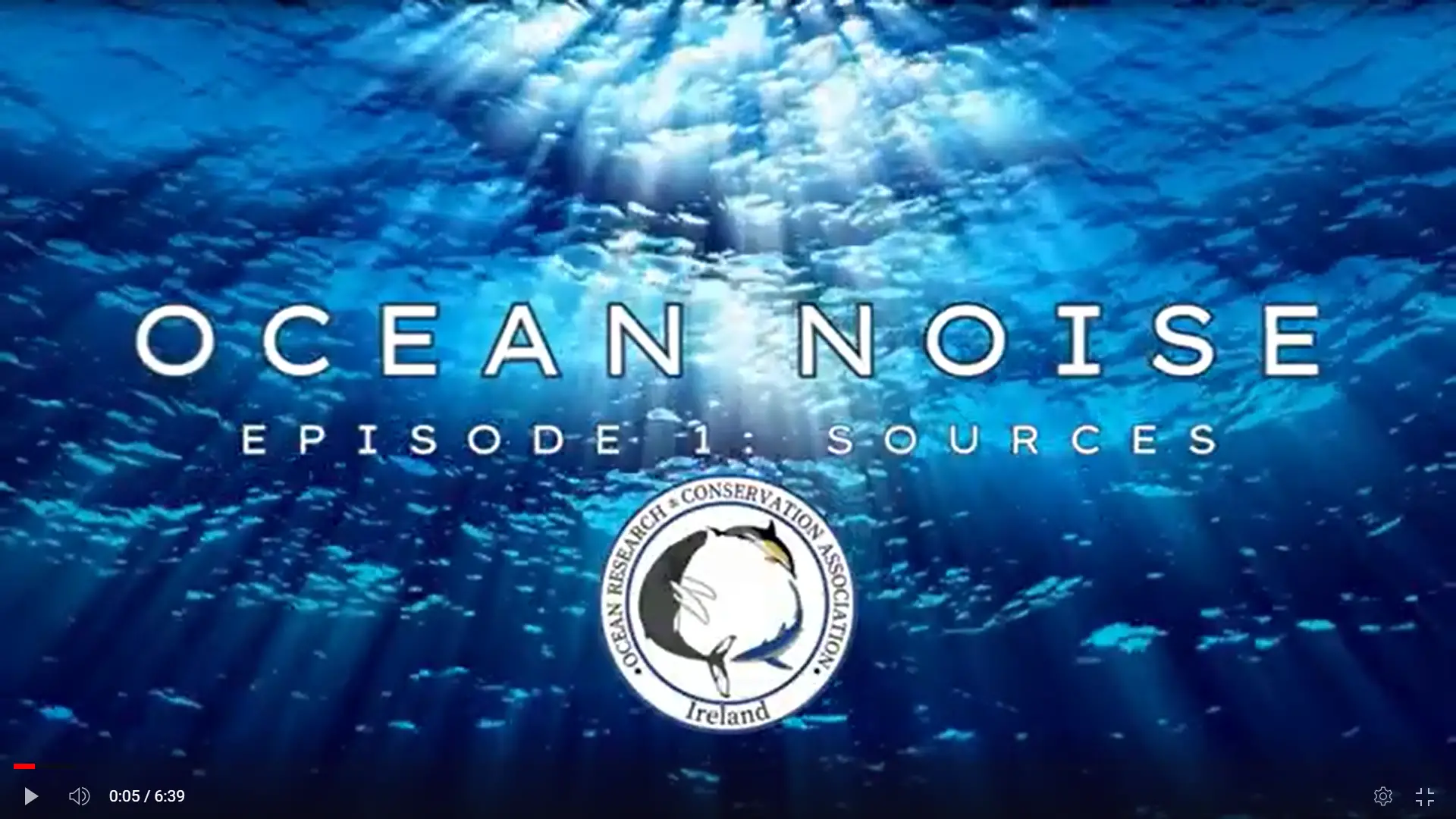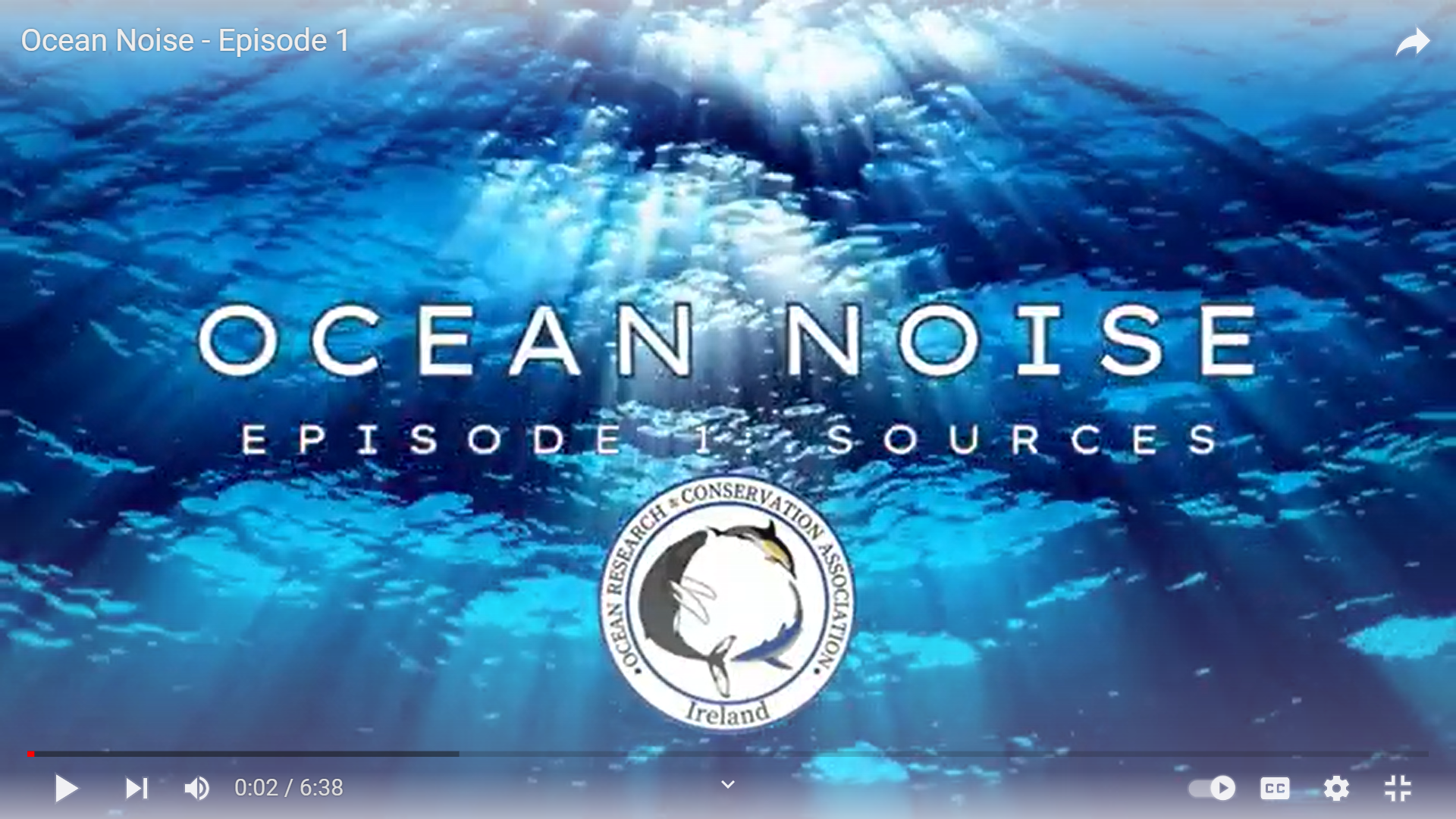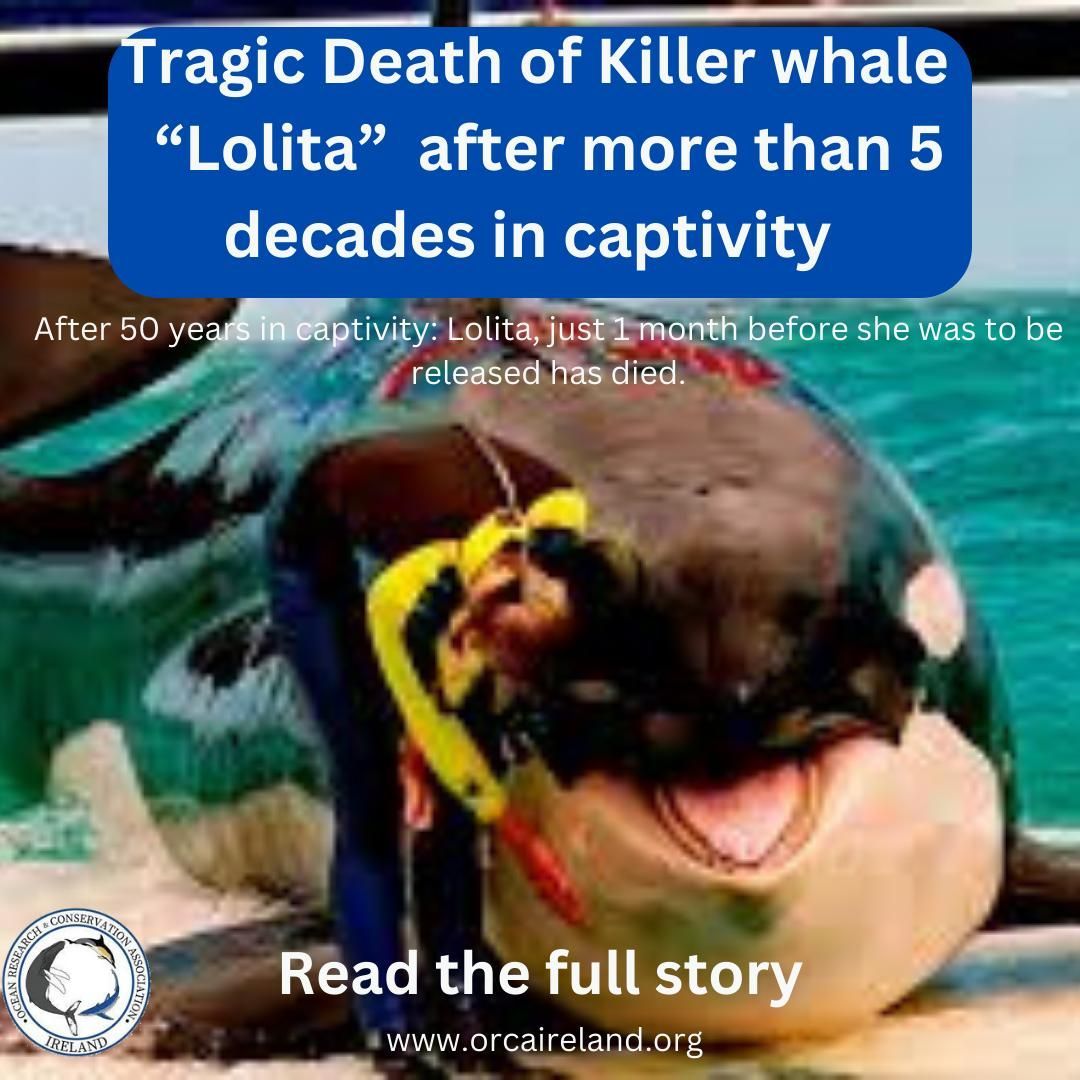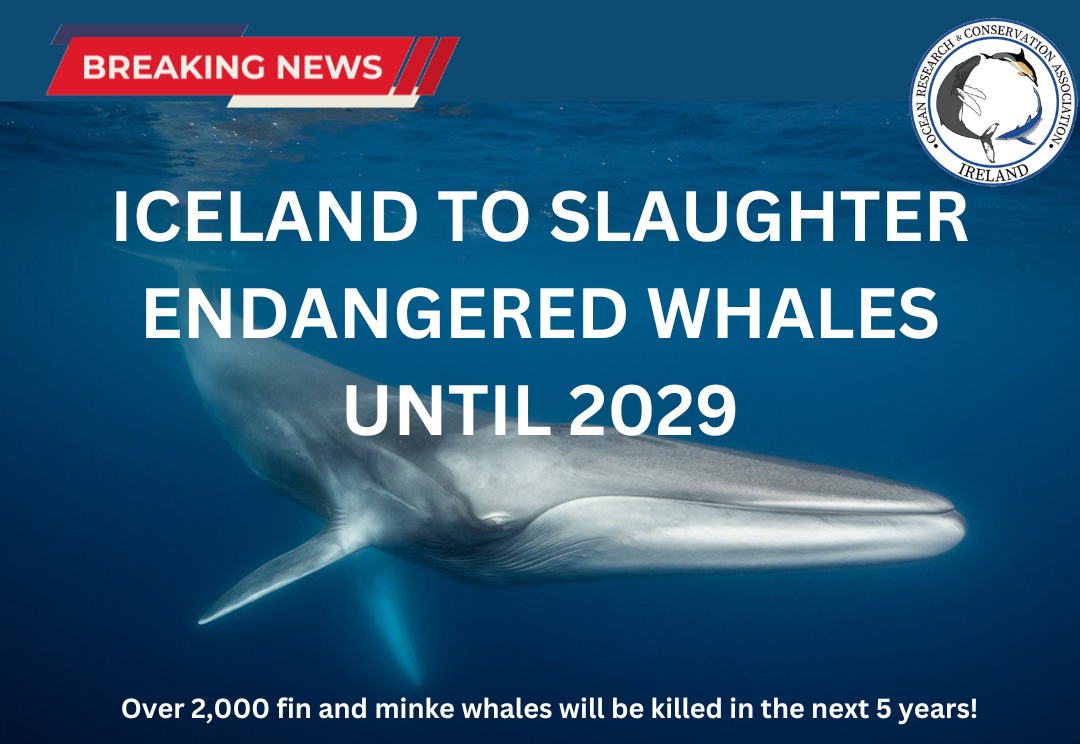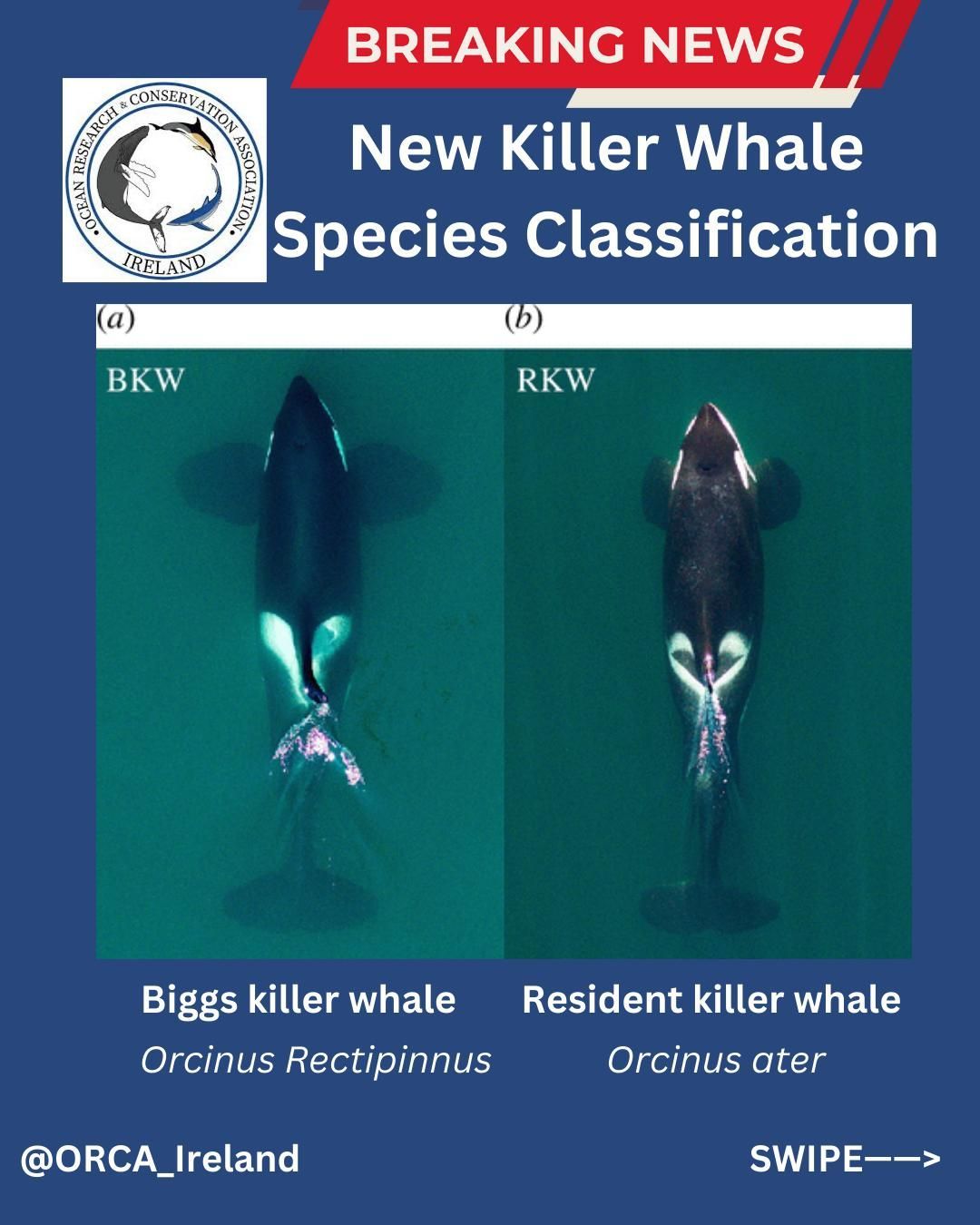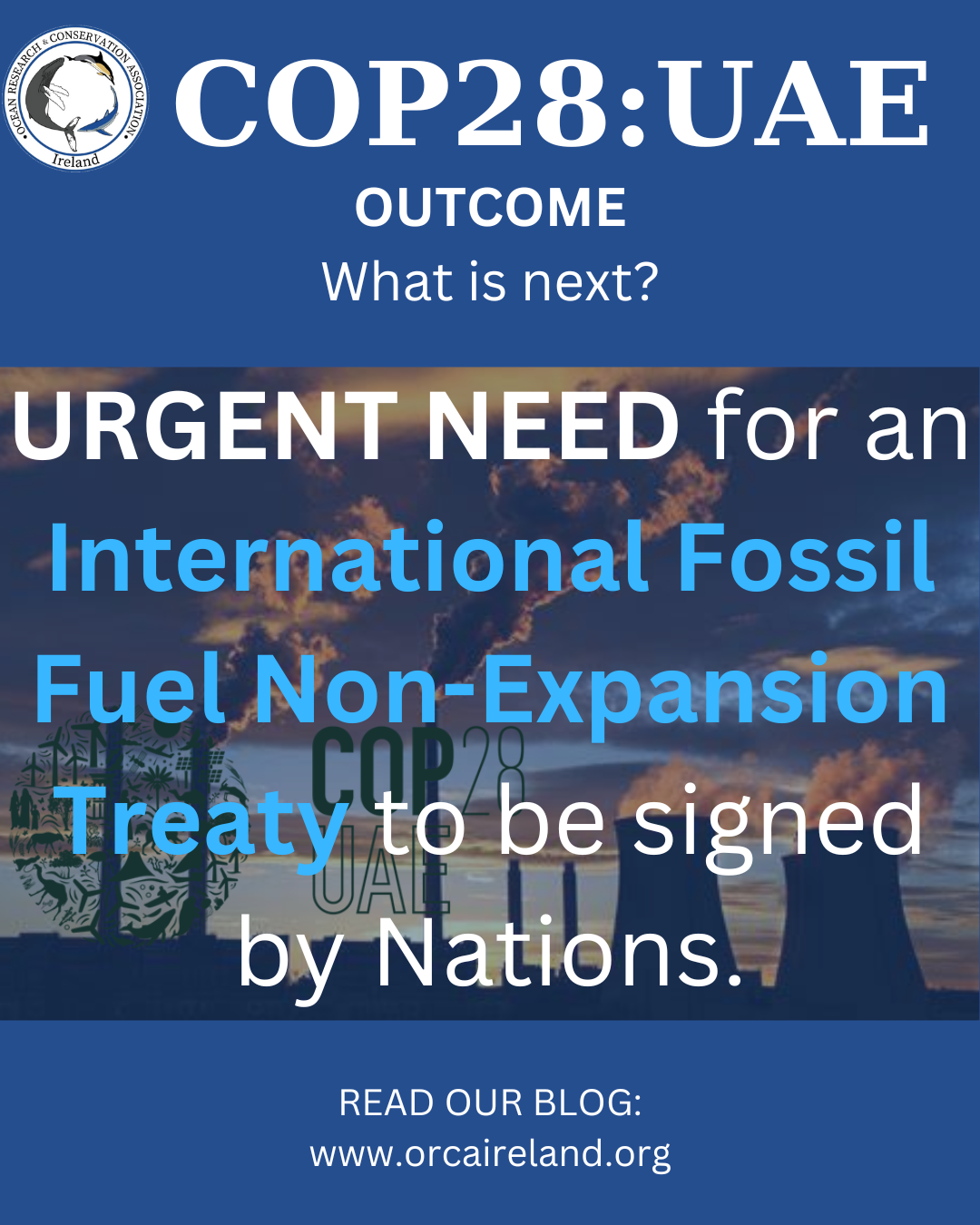Canary in a Coal Mine: Shifting Ocean Baselines
Canary in a Coal Mine: Shifting Ocean Baselines
ORCA Sci-Comm Team | 7th January 2023
Are you familiar with the saying "the canary in the coal mine"? It refers to the practice of using canaries in coal mines to alert miners to the presence of toxic gases. If the canary stopped singing or died, it was a warning to the miners that they needed to evacuate immediately. Similarly, shifts in the baseline of marine ecosystems can serve as a warning that something is not right. Just like the canary in the coal mine, the decline or disappearance of certain species can be a sign that the ecosystem is out of balance and in need of urgent attention. In this article, we'll explore the concept of shifting baseline syndrome in marine environments and how it can impact the health and sustainability of these ecosystems. We'll also discuss the importance of conservation efforts in preventing these shifts and preserving the diversity of marine life.
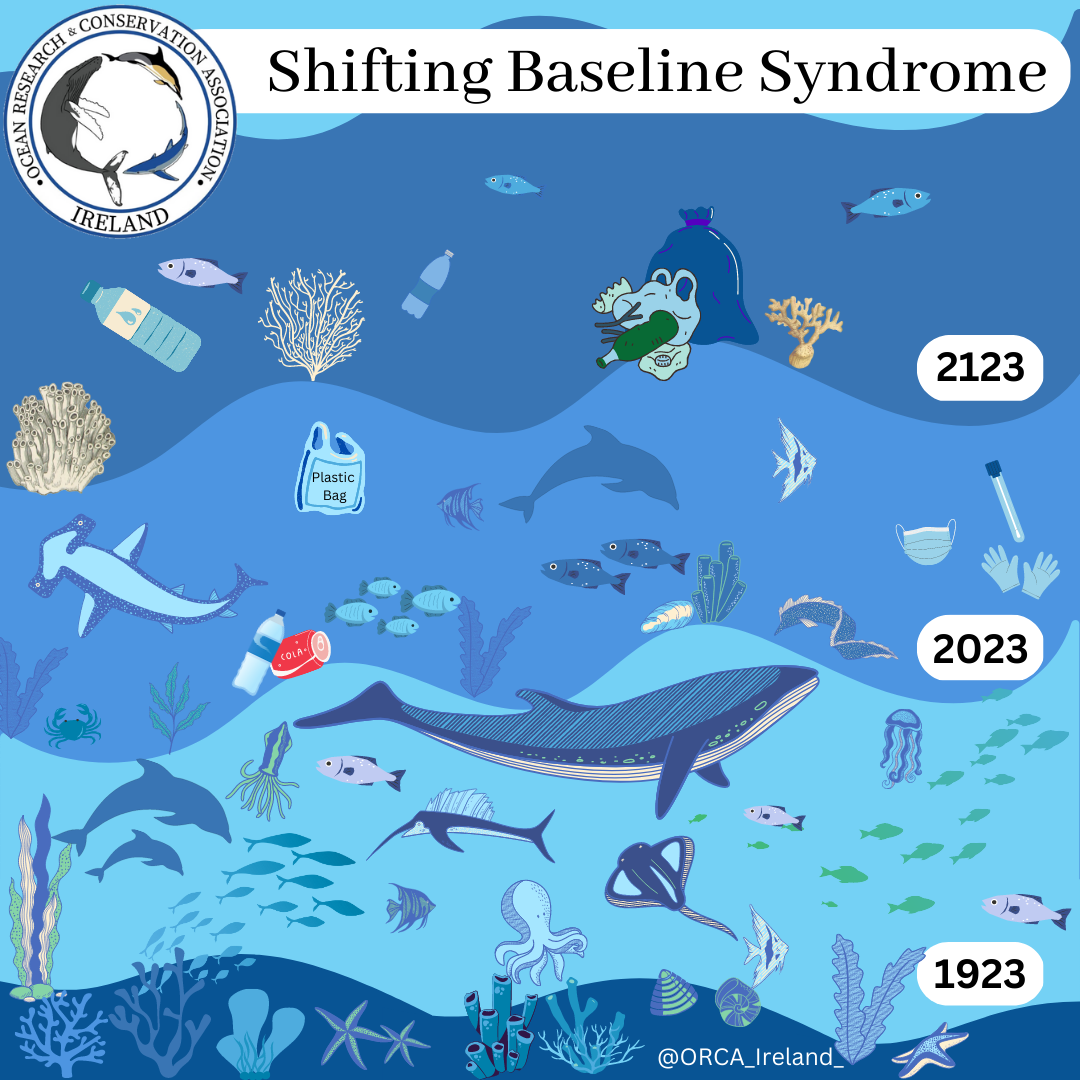
In 1995, Daniel Pauly published a paper on the now-famous phenomenon known as “shifting baselines syndrome (SBS),” in which collective environmental knowledge and memory move forward in time with successive generations, resulting in gradual loss of knowledge regarding the previous state of an ecosystem (Pauly, 1995).
Shifting baseline syndrome is a phenomenon that occurs when the perception of a "normal" or "healthy" ecosystem shifts over time (Pauly, 1995). This can happen as a result of changes in the abundance or distribution of species within that ecosystem. In marine environments, shifts in baseline can have serious consequences for the ecological balance and the species that depend on it.
One example of shifting baseline syndrome in the marine environment is the change in the abundance and distribution of Irish marine species. Over the past few decades, there has been a significant decline in the populations of many Irish marine species, including cod (Gadus morhua), haddock (Melanogrammus aeglefinus), and plaice (Pleuronectes platessa) (ICES, 2021). This decline is thought to be due to overfishing, habitat destruction, and climate change (IPCC, 2014).
As these species become less abundant, the perception of what is "normal" or "healthy" in the marine ecosystem shifts. For example, a fisherman who has been fishing in the same area for decades may not realize that the number of cod in the area has significantly declined, because their baseline for what is "normal" has shifted over time.
This shifting baseline syndrome can have serious consequences for the conservation of marine species and the health of the ecosystem as a whole (Cury et al., 2008). If we do not recognize the changes that are occurring and take action to address them, we may not be able to protect these species and preserve the ecological balance of the marine environment.
It is important that we are aware of the potential for shifting baseline syndrome in marine environments and take steps to prevent it (Jackson et al., 2001). This may include implementing conservation measures, such as protected areas or fishing quotas, and monitoring the populations of marine species to ensure that they are not being overfished or otherwise impacted by human activities (FAO, 1995). By taking these steps, we can help to ensure the long-term health and sustainability of the marine ecosystem and the species that depend on it.
One of the main threats to our oceans in the next 100 years is climate change (IPCC, 2014). As the Earth's temperature continues to rise, it is likely that we will see changes in the distribution and abundance of marine species (Poloczanska et al., 2013). Some species may migrate to new areas to find suitable habitat, while others may become extinct as their current habitat becomes inhospitable (Curry et al., 2018).
Another threat to our oceans is overfishing and habitat destruction (FAO, 1995). As human populations continue to grow and demand for seafood increases, there is a risk that some fish populations will become overfished and unable to recover (Worm et al., 2006). Habitat destruction, such as the destruction of coral reefs (Hughes et al., 2018), can also have serious impacts on marine species and the ecosystems they depend on.
To protect our oceans, it is important to prioritize the conservation of key species and ecosystems (Jackson et al., 2001). This may include implementing fishing quotas and protected areas (FAO, 1995), as well as addressing the root causes of habitat destruction and climate change (IPCC, 2014). We can also take individual actions to reduce our own impact on the marine environment, such as choosing sustainably-sourced seafood and reducing our carbon emissions (WWF, 2020).
Overall, the next 100 years will bring many challenges and threats to our oceans. By taking action now to protect marine species and ecosystems, we can help to ensure the long-term health and sustainability of these vital resources. Inter-generational conservation efforts are those that seek to protect and preserve natural resources for future generations. These efforts are important because the decisions and actions we take today will have long-term consequences for the health and sustainability of our planet.
One key aspect of inter-generational conservation is the recognition that we have a responsibility to protect the natural world not just for our own benefit, but for the benefit of future generations as well. This means considering the long-term impacts of our actions and making choices that will ensure the health and viability of natural resources for years to come (FAO, 1995).
Inter-generational conservation efforts can take many forms, including protected areas, conservation policies, and education and awareness campaigns. These efforts can help to preserve biodiversity, protect ecosystems, and ensure the sustainability of natural resources.
One example of an inter-generational conservation effort is the establishment of protected areas, such as national parks or marine reserves. These areas are set aside for the conservation of natural resources and the protection of biodiversity. By preserving these areas, we can ensure that future generations will have the opportunity to experience and appreciate the beauty and diversity of the natural world.
Another important aspect of inter-generational conservation is education and awareness. By teaching future generations about the value of natural resources and the importance of conservation, we can help to ensure that they will have the knowledge and skills to protect these resources in the future.
In conclusion, inter-generational conservation efforts are essential for preserving the health and sustainability of our planet. By taking action now to protect natural resources and biodiversity, we can ensure that future generations will have the opportunity to thrive in a healthy and sustainable world.
References:
- Bartlett, A. (2006). Intergenerational equity and sustainability. Annual Review of Environment and Resources, 31, 23-50.
- Curry, R., Sarmiento, J. L., Dunne, J. P., et al. (2018). Emergence of anoxia in the global ocean and coastal waters. Nature, 553, 639-646.
- Cury, P., Roy, C., Shannon, L. J., & Shannon, L. J. (2008). Shift in baseline of perception of environmental degradation can hinder management. Environmental Science & Policy, 11(5), 407-417.
- FAO (1995). Code of Conduct for Responsible Fisheries. Rome: Food and Agricultural Organization of the United Nations.
- Hughes, T. P., Anderson, K. D., Connolly, S. R., Heron, S. F., Kerry, J. T., Lough, J. M., … Vincent, A. C. J. (2018). Global warming and recurrent mass bleaching of coral reefs. Nature, 543, 373-377.
- IPCC (2014). Climate Change 2014: Impacts, Adaptation, and Vulnerability. Cambridge: Cambridge University Press.
- ICES (2021). Status of Fish Stocks and Fishery Resources. Retrieved from https://www.ices.dk/status-of-fish-stocks-and-fishery-resources
- Jackson, J. B. C., Kirby, M. X., Berger, W. H., Bjorndal, K. A., Botsford, L. W., Bourque, B. J., … Werner, F. E. (2001). Historical overfishing and the recent collapse of coastal ecosystems. Science, 293(5530), 629-637.
- Pauly, D. (1995). Anecdotes and the shifting baseline syndrome of fisheries. Trends in Ecology & Evolution, 10(10), 430.
- Poloczanska, E. S., Brown, C. J., Sydeman, W. J., Kiessling, W., Schoeman, D. S., Moore, P. J., … Richardson, A. J. (2013). Global imprint of climate change on marine life. Nature Climate Change, 3, 919-925.
- Worm, B., Barbier, E. B., Beaumont, N., Duffy, J. E., Folke, C., Halpern, B. S., … Jackson, J. B. C. (2006). Impacts of biodiversity loss on ocean ecosystem services. Science, 314(5800), 787-790.
- WWF (2020). The Role of Seafood in a Low-Carbon Future. Retrieved from https://www.wwf.org.uk/sites/default/files/2020-07/WWF_The%20Role%20of%20Seafood%20in%20a%20Low-Carbon%20Future.pdf
SHARE THIS ARTICLE
